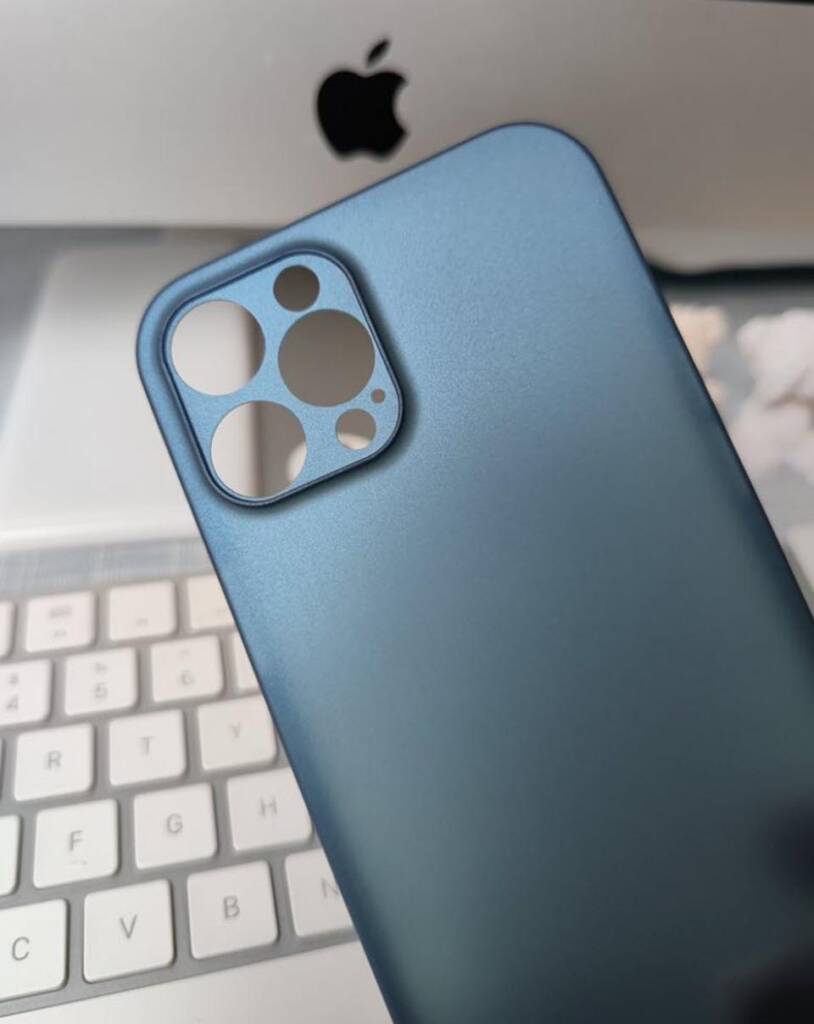
Back in 2016, I pitched a book about lidar and where it came from. I had little idea what I was getting myself into: lidar is a foundational technology in a vast array of fields about which I knew not a whole helluva lot — glaciology, bathymetry, aerial mapping, planetary science, geology, meteorology, hydrology, pollution monitoring, disaster recovery, archaeology, historical preservation, commercial aviation, the list goes on. What sold what would become became The Laser That’s Changing the World to the agent (John Willig) and, ultimately, to the Prometheus editor, was the idea that lidar was poised to hit the mainstream: it was and remains a core technology for self-driving cars.
But lidar’s hitting the mainstream not on cars, but in pockets.
Apple put a lidar sensor on the iPad Pro in March; as Gordon Kelly reports at Forbes, an even smaller version of the lidar’s going to be part of the camera package the high-end iPhone 12.
Self-driving cars are taking more time than anyone imagined they would. They’re still coming, and lidar’s still going to enable most of them. But lidar is about to enter the mainstream on a much smaller vehicle.
What will having a laser mapper in your pocket mean?
First, no one really knows — any more than, when defense contractors and atmospheric scientists first started to fiddle with lidar in the early 1960s, they could have predicted the technology would one day map Mars, improve airport throughput by 20 percent, and jazz up Spider Man movies.
One obvious commercial use will be that, with lidar in your pocket, you’ll be able to do a quick scan of yourself in your skivvies, send the data to a digital clothier, and have perfectly-fitting outfits arrive on your doorstep a few days later. Zappos will also be all over it — scan your feet, stop ordering multiple sizes. Augmented reality gaming will harness the technology early also. Virtual walkthroughs will soon become a real-estate-business mainstay (unlike with a 360-degree camera, lidar-plus-camera technology won’t keep you on a digital swivel in the center of the room).
These are mundane ideas. Much more creative people than I am will do much better. I can’t wait to see what they come up with.
